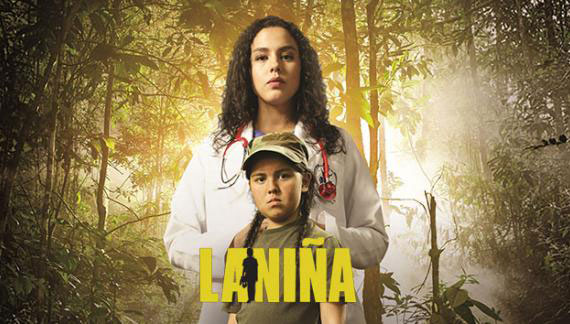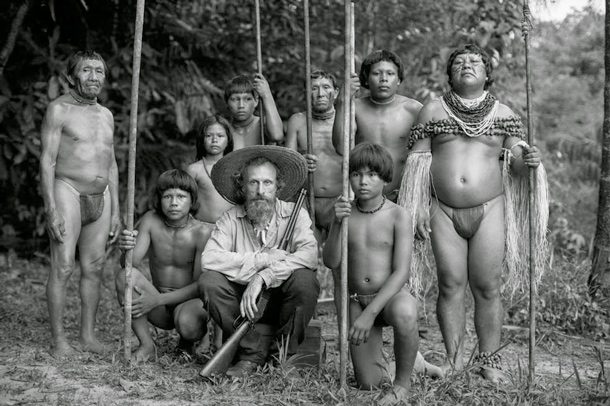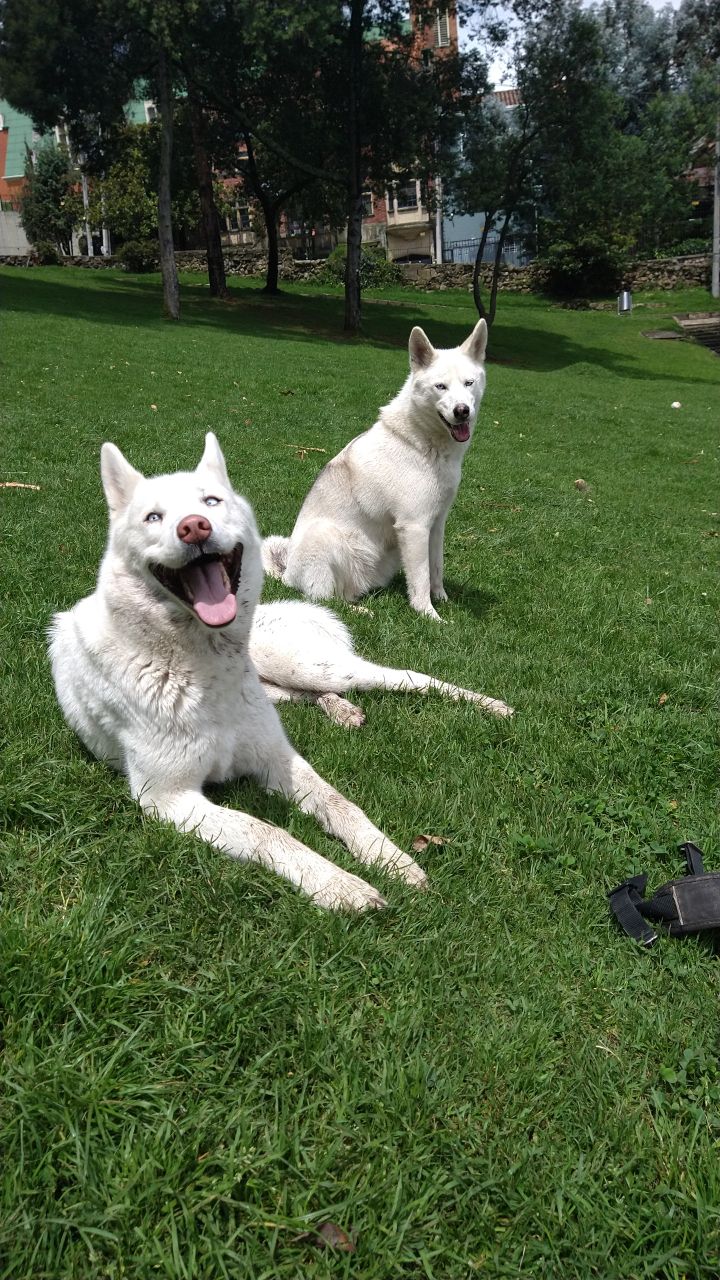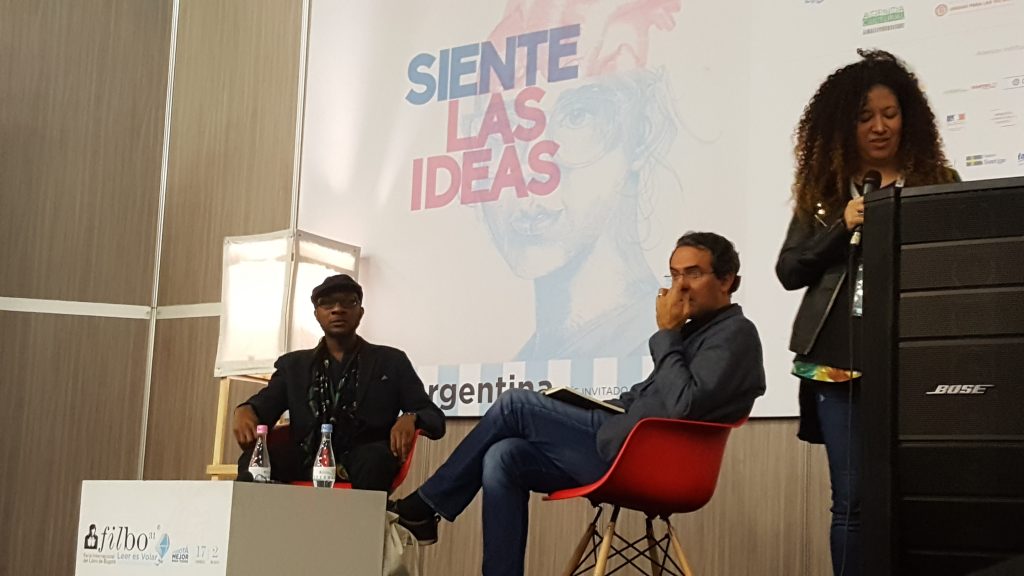
Cole and Vásquez being introduced in Gran Sala Ecopetrol F.
American author, art historian and photographer Teju Cole tells us about the importance of framing narrative arcs.
“All stories begin with a complication,” says American author Teju Cole, beginning his FILBo panel on ‘A way of looking is a way of feeling is a way of thinking.’ The first complication in this particular story is the question of how to categorise this unusual individual. American and Nigerian; author and photographer; radical innovator with a keen sense of his literary heritage. Duality surrounds the smartly dressed figure sitting on the small stage opposite Juan Gabriel Vásquez, the moderator for this event. His lightly accented American English flows smoothly over the gathered crowd as he describes his birth in America, childhood in Nigeria, and the literature that drew him into the world of the arts.
Cole recalls when, at the age of eleven in 1986, he learned that Nigerian Wole Soyinka had won the Nobel Prize for Literature, saying: “What that does is create a tremendous sense of permission. It puts into your head the idea of something that you did not think of as possible.” He draws a parallel to Gabriel García Márquez winning the same prize in 1982, “It must have been a similar sensation for young Colombians – that literature suddenly becomes immediate and present.” This small beginning, the same sense of inspiration and possibility that lies behind many authors’ origins, has grown into a series of books: a novella titled Every Day is for the Thief, a selection of essays called Known and Strange Things, and the winner of the Hemingway Foundation/PEN Award in 2012, Open City.
For anyone unfamiliar with Cole’s work, he combines a modern sense of stream-of-consciousness storytelling with characters who wander around their environments, giving a melodic, powerful, and often melancholy perspective on both dramatic historical events and the small moments that give our lives depth. Open City at times reads like a tale of lost love, a fascinating essay on the history of New York, or a reflection on how even mundane encounters can shake us to the core. It is a story about looking for something you can’t understand, and understanding something you can’t see.
Author, photographer and art historian
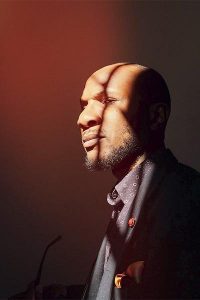
Teju Cole was one of the international headliners at FILBo 2018.
Cole is also however an accomplished photographer and qualified art historian, professions that are visible in his writing. When we interviewed the author after his panel, he said simply that, “I find sincerity in being committed to a narrative arc, in any story there is a feeling of the form it should take.” His book of photographs, Blind Spot, meanders through unusual perspectives of objects from around the world, but ends with a startling image of multiple eyes – challenging the reader to see more, to see as they are seen. In this way even his photography, a discipline often considered to consist of isolated snapshots of time, finds an arc, a story.
Speaking at the Encuentro de periodismo later in the week, he explained that photography contains inherent biases. Contrasting photographs featuring white subjects and Native American subjects, he shows the assembled students how the former are active, we are invited to imagine their lives; whereas the latter are simply icons, considered to be interesting and exotic by their mere existence.
Related: All our FILBo 2018 coverage
The most important factor in developing this narrative arc, what Cole calls “the organisation of sensibility”, is framing – in both writing and photography. During our interview, Cole suddenly unclipped his camera case and rose from his seat, his eyes fixed on the large windows of the Corferias restaurant and the cityscape visible outside. He moved slowly around the room, shooting off a couple of photographs, and then came back to the table. When quizzed on what exactly had prompted this spontaneous need to capture a scene, he pointed out the way that an image of a building on a decorative screen mirrored the shape of a similar one outside. “The interplay of perspective, the picture in the picture, creates a frame which can be dismantled. At the same time you have both different perspectives and the rawness of a direct address when you consider each individually,” he explains. In the same way, when you consider Teju Cole from the perspectives of ‘Nigerian and American’, or ‘author and photographer’, each offers a new frame through which to view the other. But when you consider one of these descriptions alone, you come face to face with the rawness of an intellectual with a talent for framing what he sees and what he’s known, and using this to create stirring works of art.
A city for its own sake
Finally, when asked for his thoughts on Bogotá, Teju Cole remarked: “I like intense cities, vibrant but also functional. Bogotá is like Lagos [the capital of Nigeria], it’s a city subjected to a lot of stereotypes but it’s a city for its own sake.” Cole too, seems to be an intellectual for its own sake, and one who has given attendees at FILBo 2018 some fascinating new panels, and perhaps too a new way of viewing the world.

